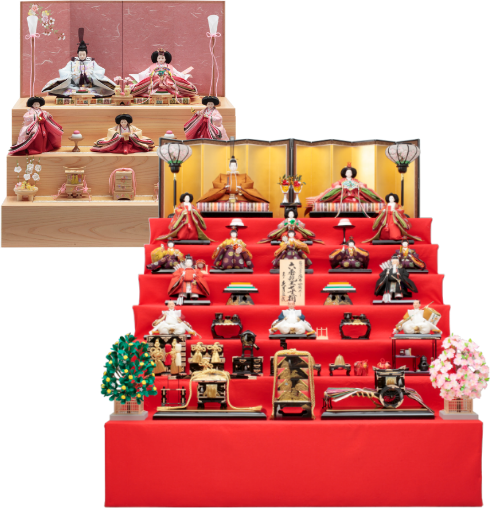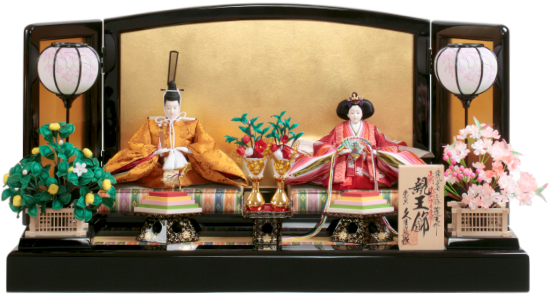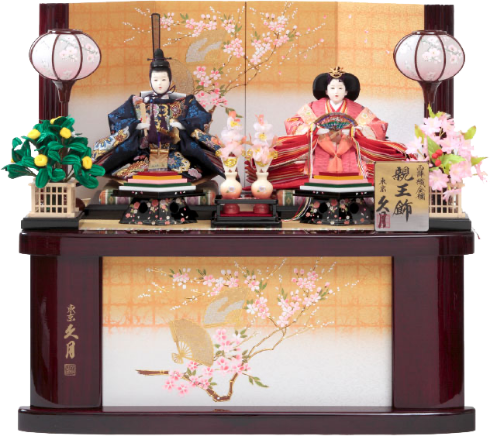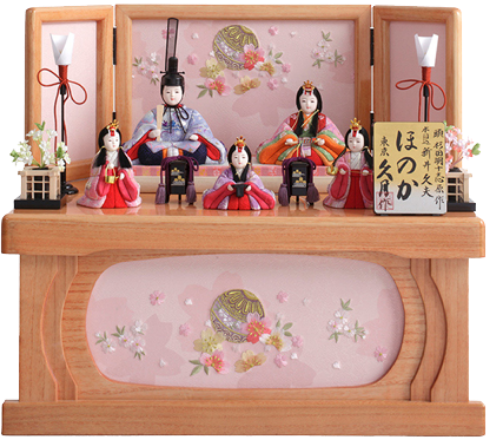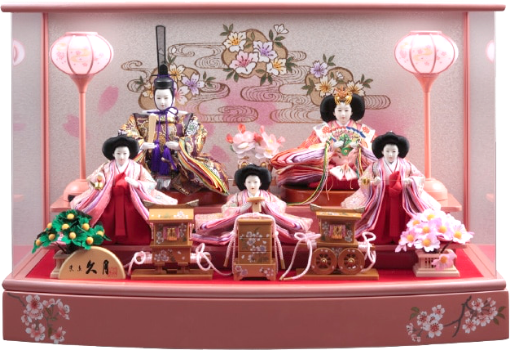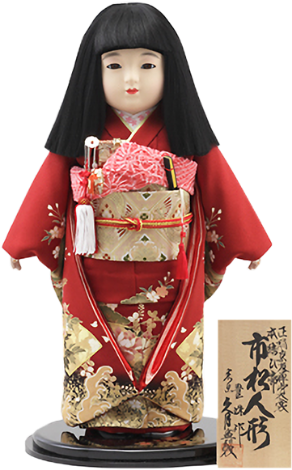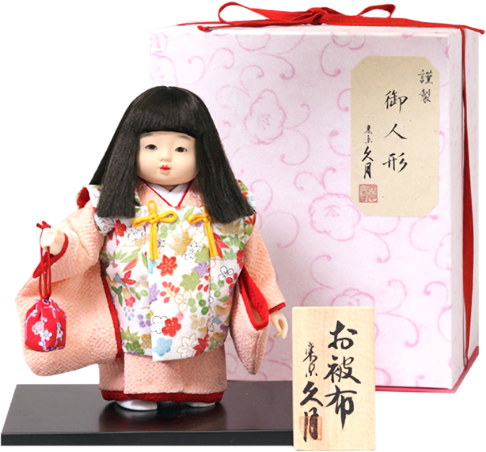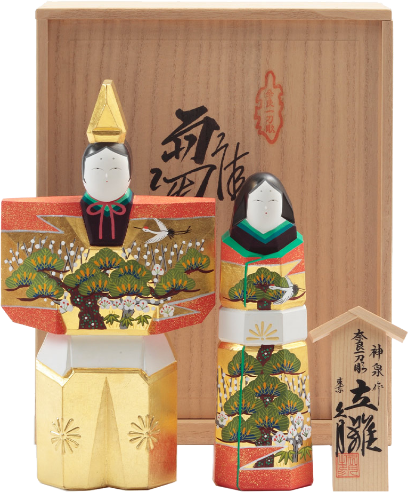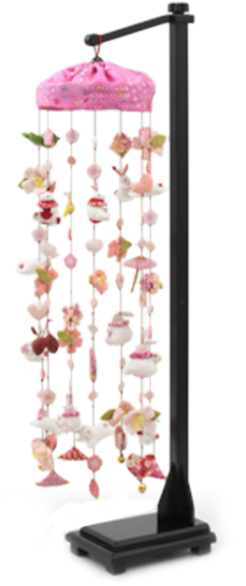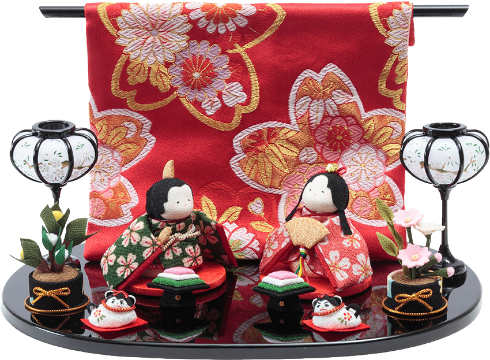Close
-
Products
-
Stores
- Main store
-
Asakusabashi Main Branch

Search by Prefecture
Store List
-
Know Kyugetsu
- Skills and Thoughts of Kyugetsu
-
Make a DollKyugetsu Doll Academy
Anyone can enjoy learning to make dolls. We are always looking for students.
Making DollsThis is a kit of materials that you can make by yourself.







